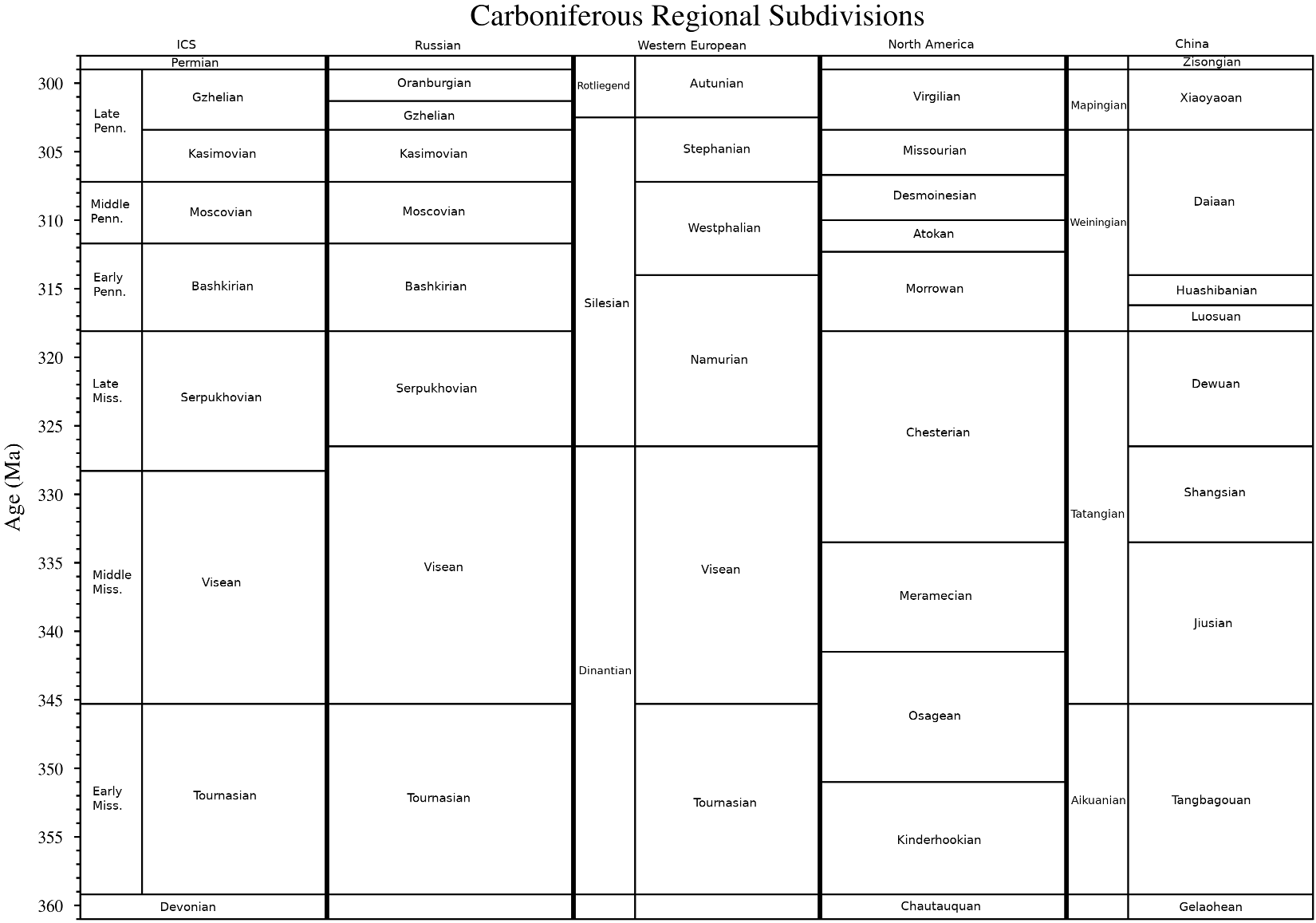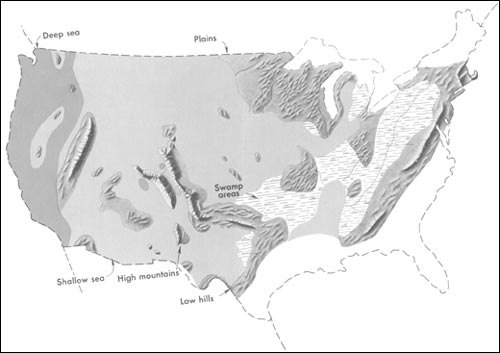|
Haptopoda
''Plesiosiro'' is an extinct arachnid genus known exclusively from nine specimens from the Upper Carboniferous of Coseley, Staffordshire, United Kingdom. The genus is monotypic, represented only by the species ''Plesiosiro madeleyi'' described by Reginald Innes Pocock in his important 1911 monograph on British Carboniferous arachnids. It is the only known member of the order Haptopoda. The original fossils have been redescribed in detail by Alexander Petrunkevitch in 1949 and Dunlop in 1999. A supposed example from the Coal Measures of Lancashire is a misidentification. Relationships Relationships with other arachnids are obscure. ''Plesiosiro'' means "close to '' Siro''", which is a genus of cyphophthalmid (Cyphophthalmi); the most primitive group of the living harvestmen (Opiliones). These harvestmen do, in some ways, resemble the reconstructed body plan of the haptopods. Revisions have confirmed that Haptopoda should be treated as a separate and independent order. A 2007 ... [...More Info...] [...Related Items...] OR: [Wikipedia] [Google] [Baidu] |
Tetrapulmonata
Tetrapulmonata is a non-ranked supra-ordinal clade of arachnids. It is composed of the extant orders Thelyphonida (whip scorpions), Schizomida (short-tailed whip scorpions), Amblypygi (tail-less whip scorpions) and Araneae (spiders). It is the only supra-ordinal group of arachnids that is strongly supported in molecular phylogenetic studies. Two extinct orders are also placed in this clade, Haptopoda and Uraraneida. In 2016, a newly described fossil arachnid, '' Idmonarachne'', was also included in the Tetrapulmonata; it has not been assigned to an order. Etymology It receives its name from the presence of paired book lungs occupying the second and third opisthosomal segments, although the posterior pair is absent in Schizomida and most araneomorph spiders. Previous synonyms of this lineage are rejected; "Caulogastra Pocock, 1893" refers to pedicel, which is symplesiomorphic for the lineage and convergent with Solifugae, and "Arachnidea Van der Hammen, 1977" is easily c ... [...More Info...] [...Related Items...] OR: [Wikipedia] [Google] [Baidu] |
Arachnida
Arachnida () is a Class (biology), class of joint-legged invertebrate animals (arthropods), in the subphylum Chelicerata. Arachnida includes, among others, spiders, scorpions, ticks, mites, pseudoscorpions, opiliones, harvestmen, Solifugae, camel spiders, Amblypygi, whip spiders and Thelyphonida, vinegaroons. Almost all adult arachnids have eight Arthropod leg, legs, although the front pair of legs in some species has converted to a sensory function, while in other species, different appendages can grow large enough to take on the appearance of extra pairs of legs. The term is derived from the Ancient Greek, Greek word (''aráchnē'', 'spider'), from the myth of the hubristic human weaver Arachne, who was turned into a spider. Almost all Extant taxon, extant arachnids are terrestrial animal, terrestrial, living mainly on land. However, some inhabit freshwater environments and, with the exception of the pelagic zone, marine environments as well. They comprise over 100,000 named ... [...More Info...] [...Related Items...] OR: [Wikipedia] [Google] [Baidu] |
Arachnid Genera
Arachnida () is a class of joint-legged invertebrate animals ( arthropods), in the subphylum Chelicerata. Arachnida includes, among others, spiders, scorpions, ticks, mites, pseudoscorpions, harvestmen, camel spiders, whip spiders and vinegaroons. Almost all adult arachnids have eight legs, although the front pair of legs in some species has converted to a sensory function, while in other species, different appendages can grow large enough to take on the appearance of extra pairs of legs. The term is derived from the Greek word (''aráchnē'', 'spider'), from the myth of the hubristic human weaver Arachne, who was turned into a spider. Almost all extant arachnids are terrestrial, living mainly on land. However, some inhabit freshwater environments and, with the exception of the pelagic zone, marine environments as well. They comprise over 100,000 named species, of which 47,000 are species of spiders. Morphology Almost all adult arachnids have eight legs, unlik ... [...More Info...] [...Related Items...] OR: [Wikipedia] [Google] [Baidu] |
Schizotarsata
Tetrapulmonata is a non-ranked supra-ordinal clade of arachnids. It is composed of the extant orders Thelyphonida (whip scorpions), Schizomida (short-tailed whip scorpions), Amblypygi (tail-less whip scorpions) and Araneae (spiders). It is the only supra-ordinal group of arachnids that is strongly supported in molecular phylogenetic studies. Two extinct orders are also placed in this clade, Haptopoda and Uraraneida. In 2016, a newly described fossil arachnid, '' Idmonarachne'', was also included in the Tetrapulmonata; it has not been assigned to an order. Etymology It receives its name from the presence of paired book lungs occupying the second and third opisthosomal segments, although the posterior pair is absent in Schizomida and most araneomorph spiders. Previous synonyms of this lineage are rejected; "Caulogastra Pocock, 1893" refers to pedicel, which is symplesiomorphic for the lineage and convergent with Solifugae, and "Arachnidea Van der Hammen, 1977" is easily con ... [...More Info...] [...Related Items...] OR: [Wikipedia] [Google] [Baidu] |
Reginald Innes Pocock
Reginald Innes Pocock F.R.S. (4 March 1863 – 9 August 1947) was a British zoologist. Pocock was born in Clifton, Bristol, the fourth son of Rev. Nicholas Pocock and Edith Prichard. He began showing interest in natural history at St. Edward's School, Oxford. He received tutoring in zoology from Sir Edward Poulton, and was allowed to explore comparative anatomy at the Oxford Museum. He studied biology and geology at University College, Bristol, under Conwy Lloyd Morgan and William Johnson Sollas. In 1885, he became an assistant at the Natural History Museum, and worked in the section of entomology for a year. He was put in charge of the collections of Arachnida and Myriapoda. He was also given the task to arrange the British birds collections, in the course of which he developed a lasting interest in ornithology. The 200 papers he published in his 18 years at the museum soon brought him recognition as an authority on Arachnida and Myriapoda; he described between 300 and 4 ... [...More Info...] [...Related Items...] OR: [Wikipedia] [Google] [Baidu] |
Pennsylvanian First Appearances
Pennsylvanian may refer to: * A person or thing from Pennsylvania * Pennsylvanian (geology) The Pennsylvanian ( , also known as Upper Carboniferous or Late Carboniferous) is, in the International Commission on Stratigraphy, ICS geologic timescale, the younger of two period (geology), subperiods (or upper of two system (stratigraphy), s ..., a geological subperiod of the Carboniferous Period * ''Pennsylvanian'' (train), an Amtrak train {{disambiguation ... [...More Info...] [...Related Items...] OR: [Wikipedia] [Google] [Baidu] |
Carboniferous England
The Carboniferous ( ) is a geologic period and system of the Paleozoic that spans 60 million years from the end of the Devonian Period million years ago (Mya), to the beginning of the Permian Period, million years ago. The name ''Carboniferous'' means "coal-bearing", from the Latin '' carbō'' ("coal") and '' ferō'' ("bear, carry"), and refers to the many coal beds formed globally during that time. The first of the modern 'system' names, it was coined by geologists William Conybeare and William Phillips in 1822, based on a study of the British rock succession. The Carboniferous is often treated in North America as two geological periods, the earlier Mississippian and the later Pennsylvanian. Terrestrial animal life was well established by the Carboniferous Period. Tetrapods (four limbed vertebrates), which had originated from lobe-finned fish during the preceding Devonian, became pentadactylous in and diversified during the Carboniferous, including early amphibian lineage ... [...More Info...] [...Related Items...] OR: [Wikipedia] [Google] [Baidu] |
Carboniferous Arachnids
The Carboniferous ( ) is a geologic period and system of the Paleozoic that spans 60 million years from the end of the Devonian Period million years ago ( Mya), to the beginning of the Permian Period, million years ago. The name ''Carboniferous'' means "coal-bearing", from the Latin '' carbō'' ("coal") and '' ferō'' ("bear, carry"), and refers to the many coal beds formed globally during that time. The first of the modern 'system' names, it was coined by geologists William Conybeare and William Phillips in 1822, based on a study of the British rock succession. The Carboniferous is often treated in North America as two geological periods, the earlier Mississippian and the later Pennsylvanian. Terrestrial animal life was well established by the Carboniferous Period. Tetrapods (four limbed vertebrates), which had originated from lobe-finned fish during the preceding Devonian, became pentadactylous in and diversified during the Carboniferous, including early amphibian lineage ... [...More Info...] [...Related Items...] OR: [Wikipedia] [Google] [Baidu] |
University Press Of Kansas
The University Press of Kansas is a publisher located in Lawrence, Kansas. Operated by The University of Kansas, it represents the six state universities in the US state of Kansas: Emporia State University, Fort Hays State University, Kansas State University (K-State), Pittsburg State University, the University of Kansas (KU), and Wichita State University. History The press was established in 1946, with major reorganizations in 1967 and 1976. Today, it operates as a consortium with representation from each of the participating universities. The press is located on the west portion of the KU campus. The press publishes work on American politics (including the presidency, American political thought, and public policy), military history and intelligence studies, American history (especially political, cultural, intellectual, and western), environmental policy and history, American studies, film studies, law and legal history, Indigenous studies, and books about Kansas and the ... [...More Info...] [...Related Items...] OR: [Wikipedia] [Google] [Baidu] |
Geological Society Of America
The Geological Society of America (GSA) is a nonprofit organization dedicated to the advancement of the geosciences. History The society was founded in Ithaca, New York, in 1888 by Alexander Winchell, John J. Stevenson, Charles H. Hitchcock, John R. Procter and Edward Orton and has been headquartered at 3300 Penrose Place, Boulder, Colorado, US, since 1967. GSA began with 100 members under its first president, James Hall. In 1889 Mary Emilie Holmes became its first female member. It grew slowly but steadily to 600 members until 1931, when a nearly $4 million endowment from 1930 president R. A. F. Penrose Jr. jumpstarted GSA's growth. As of December 2017, GSA had more than 25,000 members in over 100 countries. The society has six regional sections in North America, three interdisciplinary interest groups, and eighteen specialty divisions. Activities The stated mission of GSA is "to advance geoscience research and discovery, service to society, stewardship of Earth ... [...More Info...] [...Related Items...] OR: [Wikipedia] [Google] [Baidu] |
Treatise On Invertebrate Paleontology
The ''Treatise on Invertebrate Paleontology'' (or ''TIP'') published by the Geological Society of America and the University of Kansas Press, is a definitive multi-authored work of some 50 volumes, written by more than 300 paleontologists, and covering every phylum, class, order, family, and genus of fossil and extant (still living) invertebrate animals. The prehistoric invertebrates are described as to their taxonomy, morphology, paleoecology, stratigraphic and paleogeographic range. However, taxa with no fossil record whatsoever have just a very brief listing. Publication of the decades-long ''Treatise on Invertebrate Paleontology'' is a work-in-progress; and therefore it is not yet complete: For example, there is no volume yet published regarding the post-Paleozoic era caenogastropods (a molluscan group including the whelk and periwinkle). Furthermore, every so often, previously published volumes of the ''Treatise'' are revised. Evolution of the project Raymond C. Moor ... [...More Info...] [...Related Items...] OR: [Wikipedia] [Google] [Baidu] |




